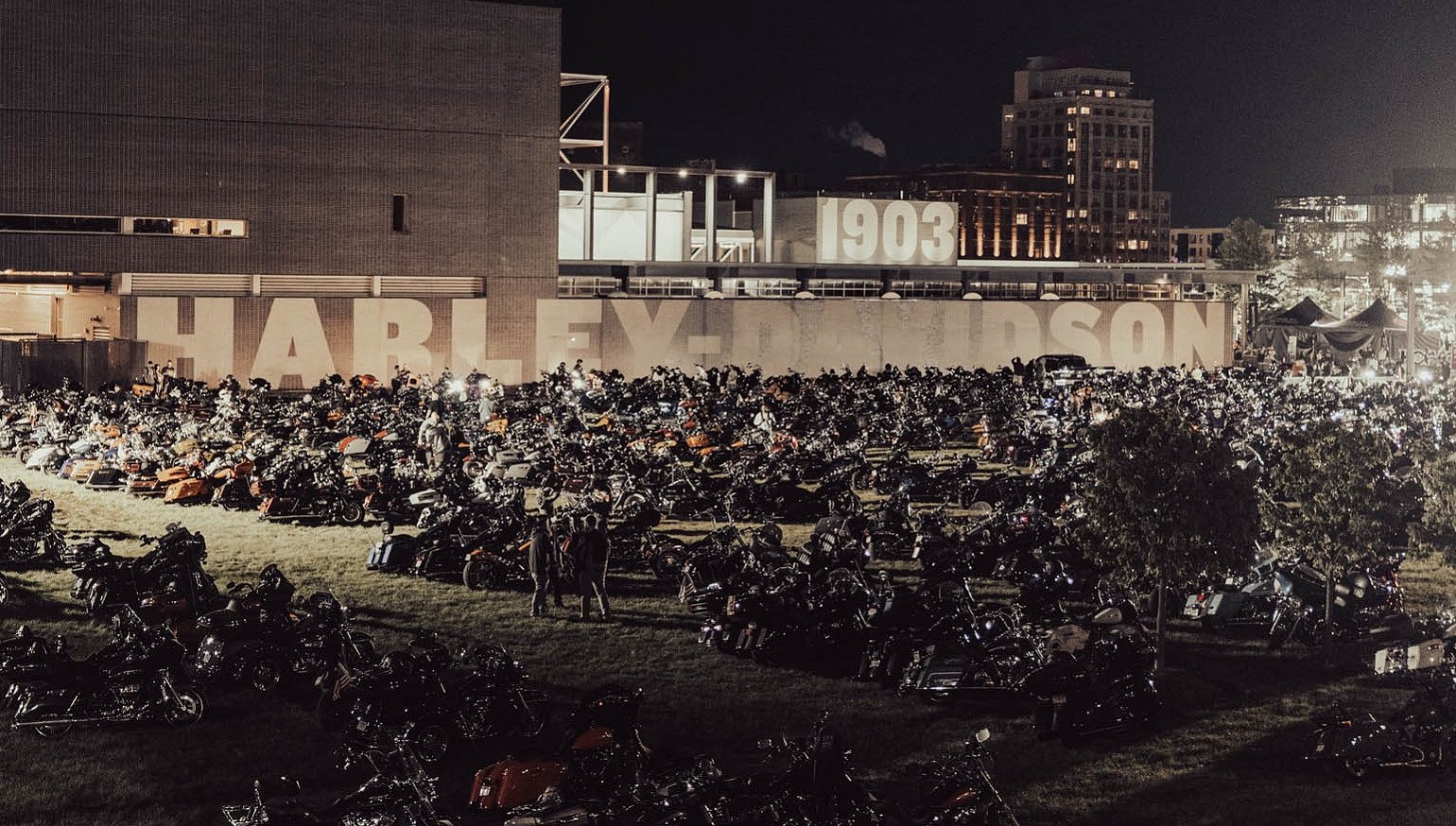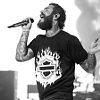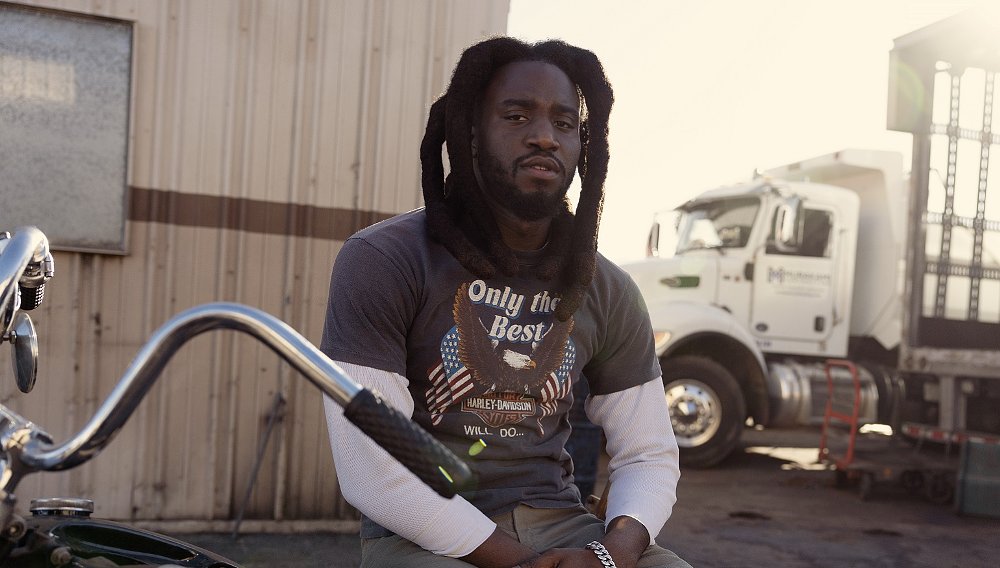In 1901, William Harley and Arthur Davidson began tinkering with a way to motorize a bicycle, and two years later — 120 years ago — along with Walter Davidson, they created what would become the first Harley-Davidson motorcycle in a 10-foot-by-15-foot woodshed.
To celebrate the anniversary Harley-Davidson held two massive “Homecoming” festivals, first in Budapest, and most recently in Milwaukee, which I attended along with 130,000 other people. When I covered the 115th anniversary, much of the celebration centered around plans for the future of the Motor Company and its ambitious goals to create more models, more riders, and variations on the idea of “two-wheel freedom.”
In addition to riding the new CVO Street Glide, I spent the weekend considering not just the last 120 years, but what the next 120 years might look like. Would the Homecoming offer any clues or glimpses into the future? Here are five moments from the weekend that stood out to me, along with my predictions as to what they might mean for the future.
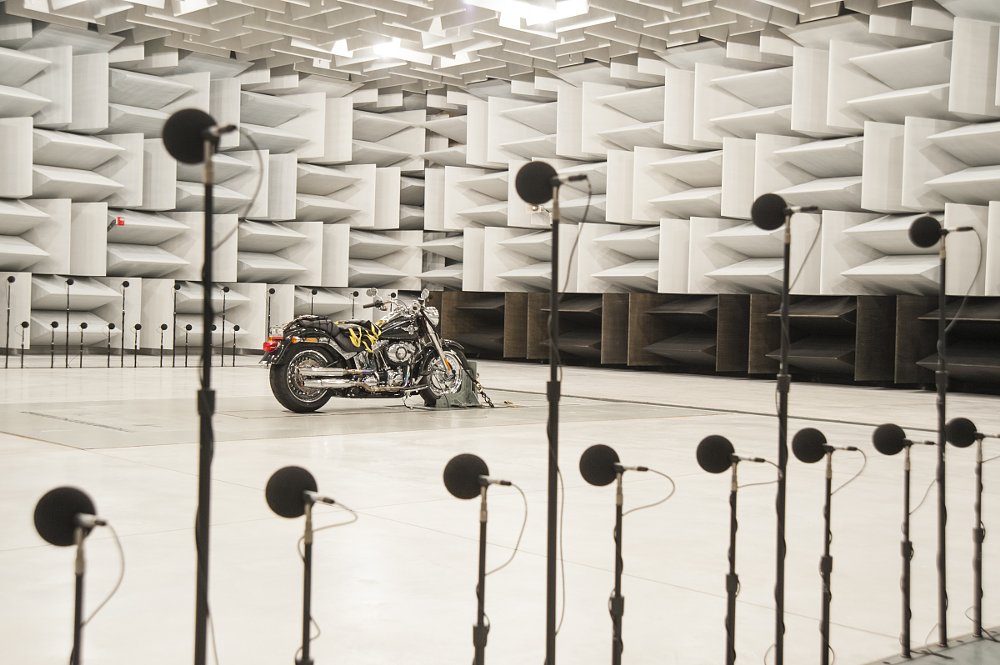
Harley-Davidson, a future in tech?
The Harley-Davidson Product Development Center in Wauwatosa, Wisconsin is known for being top-secret. Employees who have worked decades there aren’t even allowed to have their spouses visit, so it was a rare opportunity that the company permitted a media tour in celebration of their 120th anniversary.
I was chatting with an engineer managing tests on the Milwaukee-Eight VVT engine. The engine was running in a highly monitored laboratory where they could control, and measure, almost every aspect of its performance. As the engineer showed me a three-dimensional model representation of what I believe was the engine timing, he mentioned a quick aside. “this machine I’m leaning on now is brand new, it cost over $2.5 million and there isn’t another one that I know of anywhere in the world.”
Turns out, expensive, high-tech, and extraordinarily sophisticated testing labs and equipment would be a trend I would see throughout my tour. There are virtual motorcycles being test ridden on virtual roads, semi-anechoic chambers (the one I saw had a S2 Del Mar suited up for electronic testing), and a massive indoor pass-by chamber, cocooned by four feet of soundproofing materials on all sides that was so quiet someone whispered, “This is what death must sound like.” It all pointed to a company with a sophisticated R&D process and a staff that was more likely to be sporting a plastic pocket protector than a greasy work shirt.
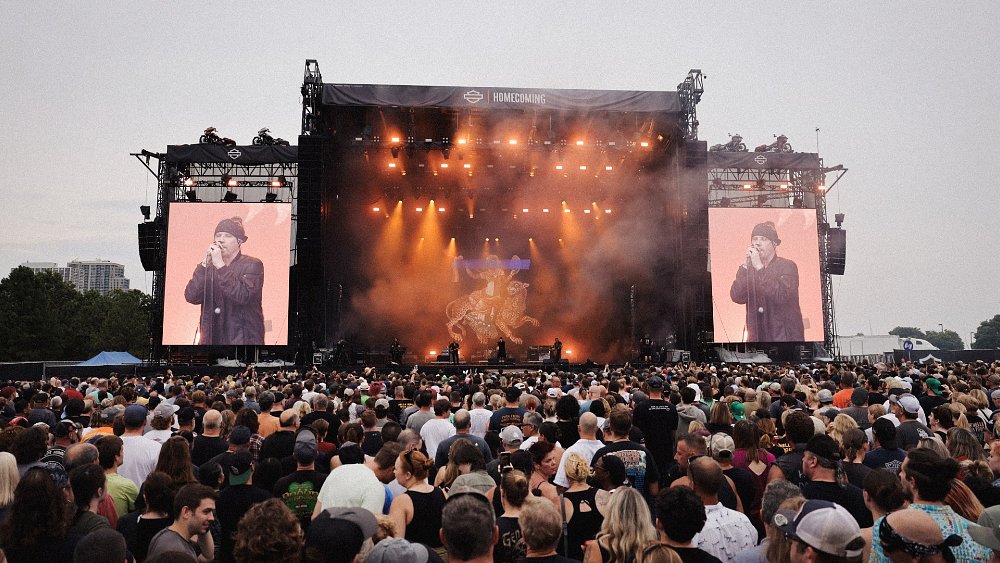
Music, motorcycles, and branding
Every year the massive music festival Lollapalooza happens a few blocks from my house. There are two main stages. One is the Bud Light stage, the other is the T-Mobile stage. I’ve always wondered just how this kind of brand marketing works, but it clearly does. So, when Harley-Davidson decided to throw a two-day music festival for 80,000 attendees at Veterans Park, it made sense to me. When the Foo Fighters took the stage, it was under the bar-and-shield logo. When Green Day headlined, they made a joke about wanting to trade in their stand-up electric scooters for a Harley.
And here’s what happened. More than one person I met asked, “Do you ride?” And I got launched into a recurring conversation about riding, and, in the event they weren’t a rider, I hopped right on my soapbox about how great the MSF Basic RiderCourse is. “You start the day not knowing anything and by the end of the day you’re riding a motorcycle. It’s pretty great!” Will this create more riders? I don’t know. Do people sign up for T-Mobile and slam a Bud Light after going to Lollapalooza? That answer is above my pay grade, but Harley-Davidson CEO Jochen Zeitz might know.
During a press conference that weekend, Zeitz repeated the adage, “It takes a rider to make a rider.” Was he rambling off a cliché or referencing an actual corporate plan? Either way, he did confirm that the Homecoming Festival would now become an annual event.
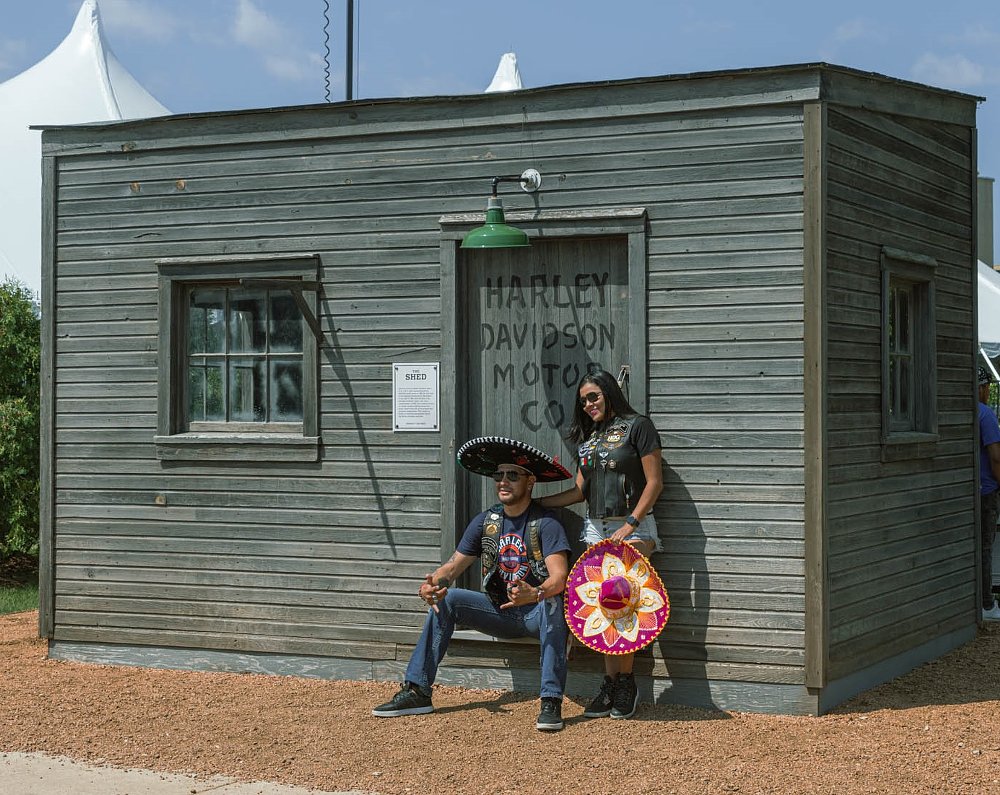
Preserving the legacy of an American icon
At the same press conference, Zeitz said, “This is one of the most iconic brands in the world.” He didn’t say most iconic motorcycle brands, he just said brands. What stood out to me was who was sitting to his left — Bill Davidson and Karen Davidson, great grandchildren to the company’s co-founder. Family legacy surely has some value in maintaining iconic status.
Bill Davidson has previously hinted that his daughter may want to take on a role with the company in the future. Do people buy Ford F-150s in part because Henry Ford III still sits on the board of directors of the Ford Motor company? I doubt it. But the family heritage absolutely plays a part in the perceived authenticity of the F-150. Harley-Davidson hasn’t undervalued this.
The shed where William and Arthur built the first Harley-Davidson no longer exists. In its place now stands the Harley-Davidson headquarters (which, interestingly, is being partially reimagined as a public park, since many of the staff it housed now work from home.) However, a replica of it exists in the parking lot of the Harley-Davidson Museum, and over the weekend I saw hundreds of people take turns being photographed in front of it. When the fans were done with their photos, they joined long lines to enter the museum. There was no shortage of enthusiasm for the company itself.
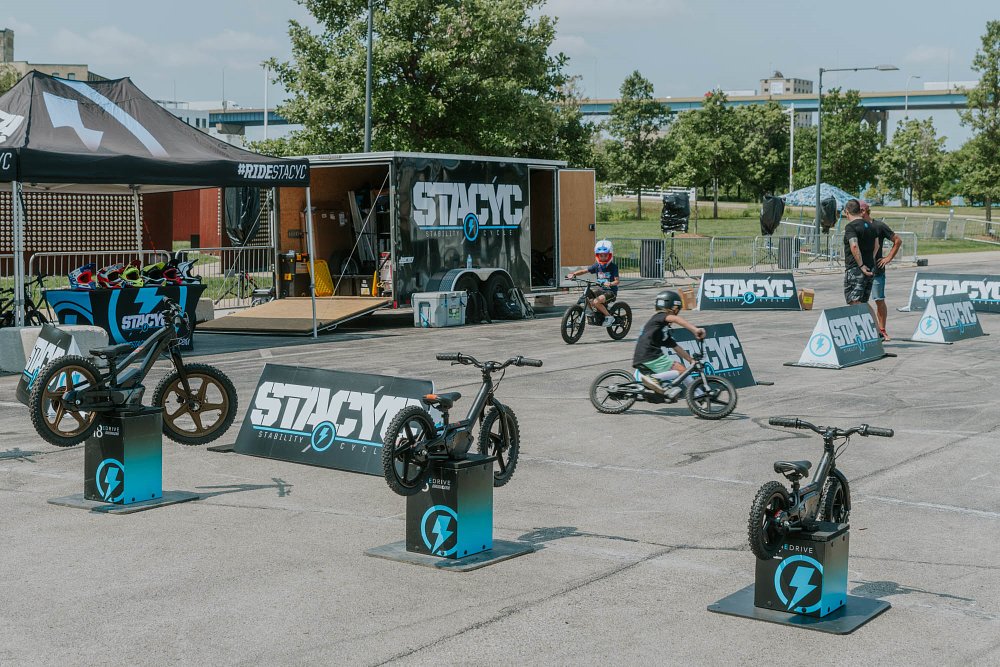
Forever two (electric) wheels
The Harley-Davidson Museum’s poor lawn hosted more than 73,000 motorcycles during the festival. That was not a surprise. What was a surprise was how many other two-wheel freedom machines I saw — starting with those annoying Lime ride-share scooters littered everywhere.
Tiny riders with their inside feet down ripped around the Stacyc electric balance bike track. I have seen the bikes before, but this was the first time I saw children really leaning on them. I was thoroughly impressed. I saw local police taking demos on the Serial 1 electric bicycles and a line forming to test ride the electric LiveWire ONE motorcycle. It was a visual timeline of how to build riders — get ‘em on two electric wheels young and then never give them a reason to get off.

Harley-Davidson makes a fashion statement
Earlier this year, Harley-Davidson launched a new collection of clothing with Lousie Goldin, the veteran designer who helped launch the Yeezy brand (Goldin has since exited the project.) The collection, which was presented in a prominently placed pop-up at Veterans Park, was clearly created with a younger, urban, audience in mind. It was well executed, sophisticated, considered, and interesting. Not everyone wants to spend $55 on a boxy cut T-shirt, but that’s exactly the point — to regain control over how the brand is represented in fashion is to also have a say in how the brand is understood culturally. The small collection did a lot to expand and challenge just who is Harley-Davidson for and it was neither the first nor the latest. While the earlier collaboration with the burly, vintage-Harley-riding actor Jason Momoa was safe and expected, one that came out late last week, after the Homecoming concluded, with musician Post Malone is decidedly more surprising. It’s clear the collection aims to expand and challenge just who Harley-Davidson as a brand is for.

 Membership
Membership

